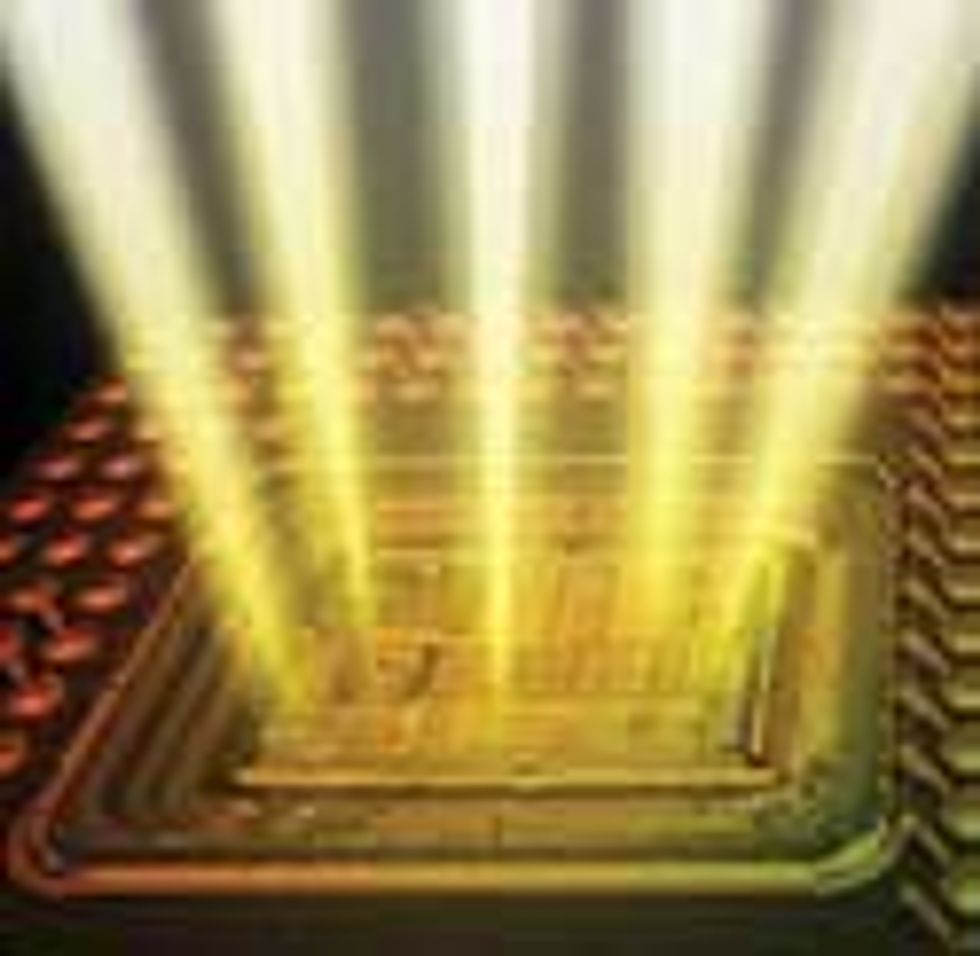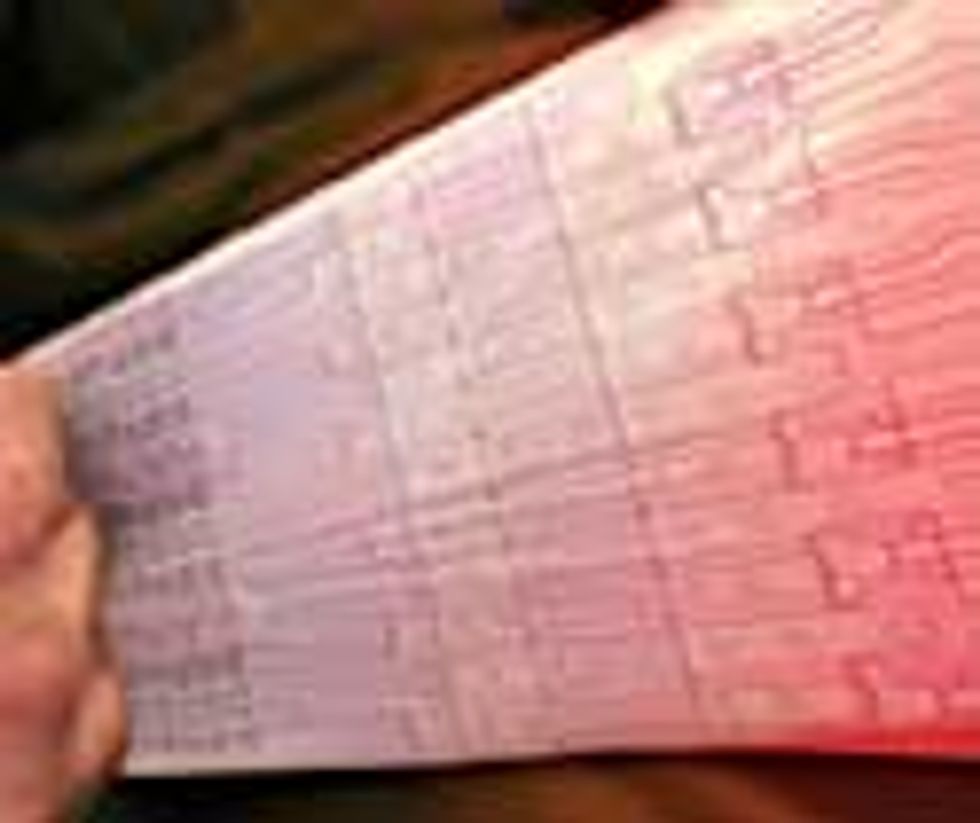Computers Take a Lick at Diagnosis
Stick out your tongue and say "Ahhh." A group of engineers at the Harbin Institute of Technology in China and Hong Kong Polytechnic University recently trained a computer to perform tongue diagnosis, a traditional Chinese medicine technique for characterizing illness. Using Bayesian networks, a form of machine-automated statistical inference, the group trained a computer to correlate tongue features, such as color and texture, with illnesses, such as diabetes and heart disease. Experiments with patients showed a diagnostic accuracy of approximately 75 percent for some conditions, including hypertension and pancreatitis.
Computerized Tongue Diagnosis Based on Bayesian Networks , by Bo Pang et al., IEEE Transactions on Biomedical Engineering , Vol. 51, no. 10, October 2004, pp. 1803�10.
Chip Testing Sees the Light
As transistors shrink and chips get more complex, engineers face greater headaches in validating and testing their designs. To alleviate this problem, a team at IBM's Thomas J. Watson Research Center, in Yorktown Heights, N.Y., took advantage of an unanticipated effect of the modern IC's vanishingly small transistor switches—they emit some light while they are turned off. This is because of a high number of energetic electrons present in these small switches, resulting from current leaking through the off transistor and the large electric fields present in the device. Until the transistor switches from off to on, the amount of light emitted is proportional to the amount of leaking current. Monitoring the circuit optically produces millivolt-scale measurements that can tell engineers a lot about whether an IC will work as expected.
Off-state Luminescence in Metal-Oxide-Semiconductor Field-effect Transistors and Its Use as On-chip Voltage Probe , by Stas Polonsky and Alan Weger, Applied Physics Letters , 20 September 2004, pp. 2390�92.
Stretchable Circuits
Researchers at Princeton University in New Jersey have fashioned the first elastic transistor circuit that behaves identically both before and after it has been stretched by up to 12 percent. The development lays the foundation for the future fabrication of all manner of flexible devices, from stretchable circuits for robotic skin to retina-like image sensors. The circuit was fabricated by mounting islands of plastic foil, containing thin-film transistors (TFTs), onto a rubber substrate and connecting the islands with stretchable gold wiring.
An Elastically Stretchable TFT Circuit , by Stéphanie P. Lacour, Candice Tsay, and Sigurd Wagner, IEEE Electron Device Letters , Vol. 25, no. 12, December 2004, pp. 792�94.

